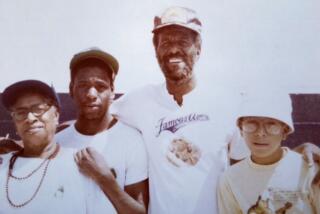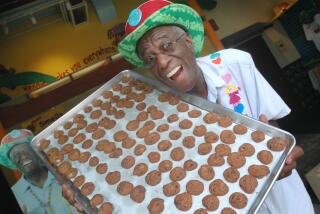Timeline: 100 years of See’s Candies
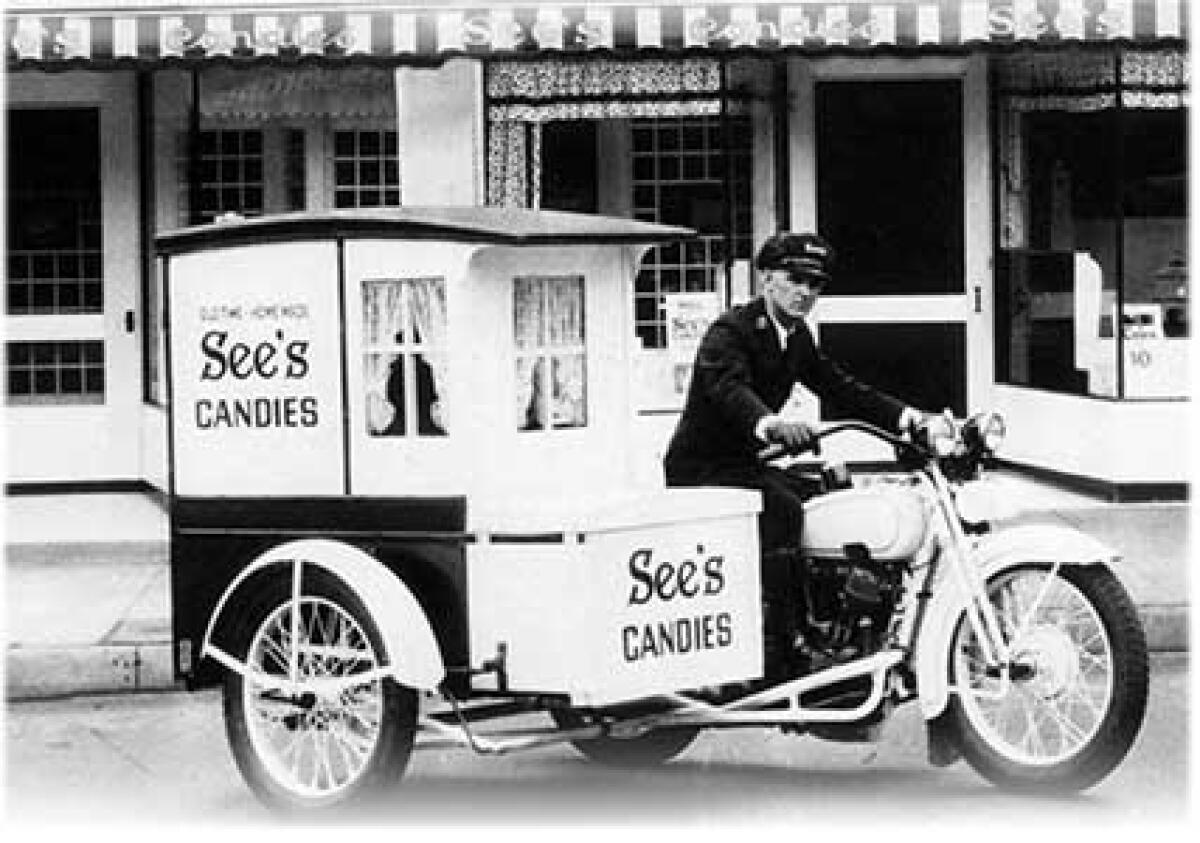
1921 — Charles A. See, a Canadian chocolate sales representative, opens a small candy shop at 135 N. Western Ave. in Los Angeles with his wife, Florence, and his widowed mother, Mary See. (Mary’s is the face featured on the See’s boxes.) The trio sells candy made using recipes Mary developed while running a hotel with her family on Tremont Park Island in Ontario, Canada. Mary makes her candy in her Pasadena bungalow, and the brand’s signature black-and-white checkerboard design is inspired by her black-and-white home kitchen.
1925 — See’s Candies grows to include a dozen chocolate shops across California.
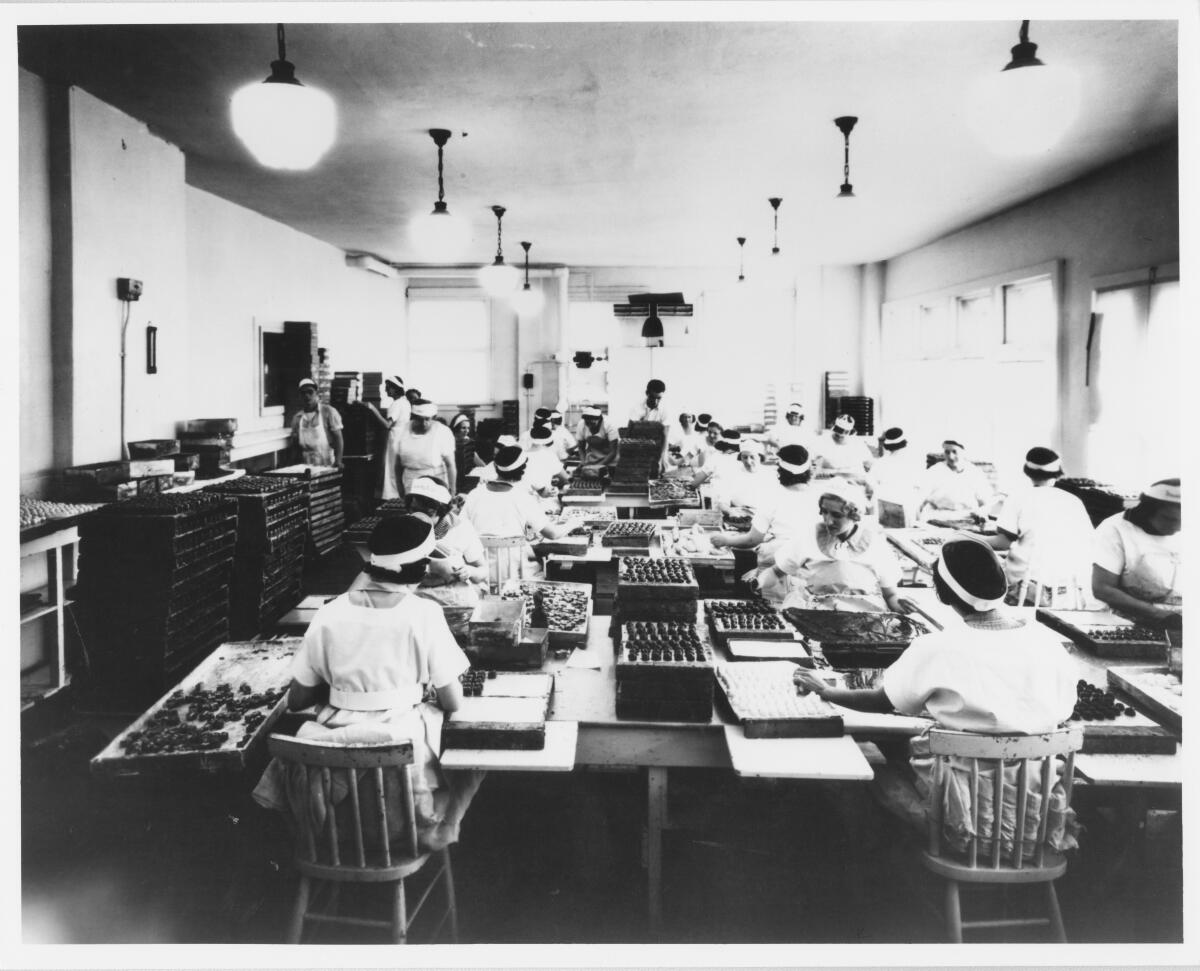
1928 — The company starts a motorcycle delivery service that hand-delivers chocolate around Los Angeles.
1931 — Charles opens the Mary See’s Sunlit Candy Studio chocolate shop and kitchen in Los Angeles. People watch the candy being made through large plate-glass windows.
1936 — Charles sets his sights on San Francisco. Within four years he opens 18 shops in the Bay Area.
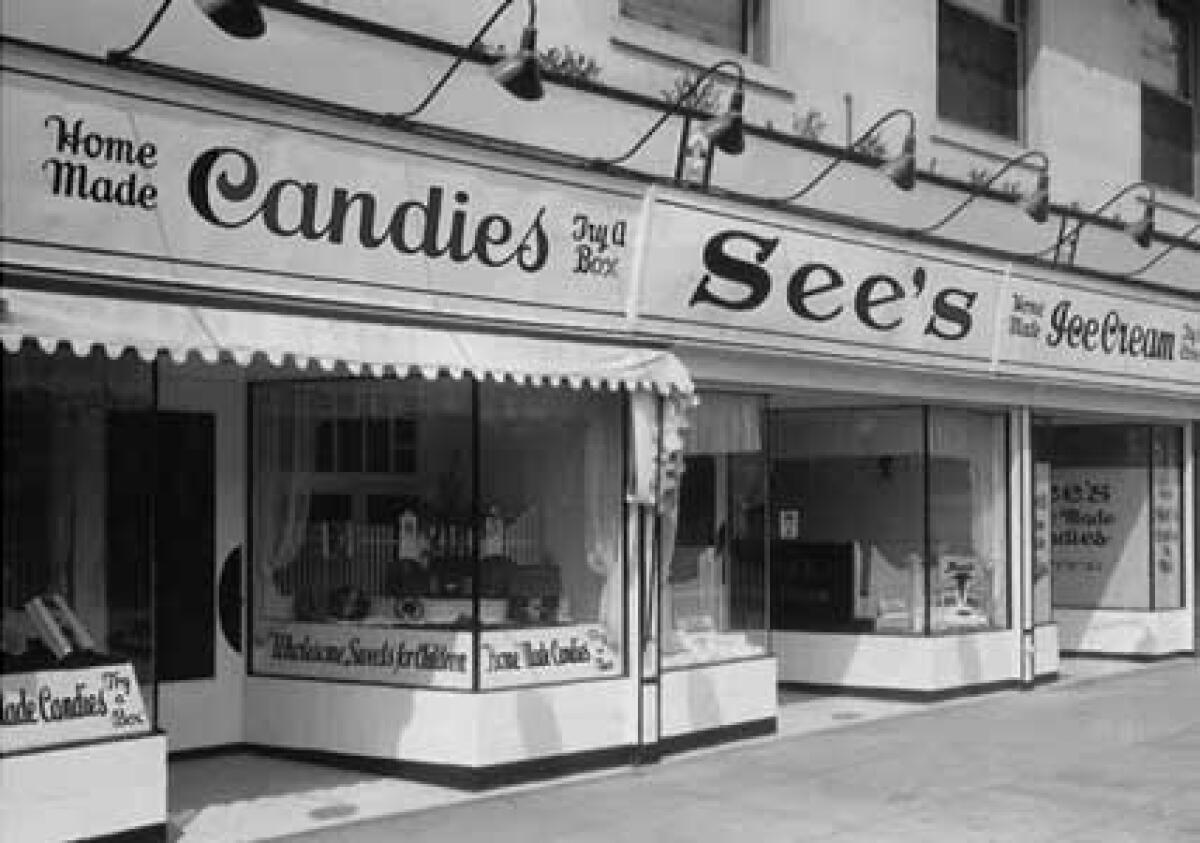
1939 — See’s Candies hosts an exhibit at the 1939 World’s Fair in New York with a shop and a miniature candy kitchen.
1940 — A 15,000-square-foot candy kitchen opens at Market and Valencia in San Francisco. The public is invited to tour the building, and 8,000 people show up to the grand opening.
1942 — See’s Candies halts production during World War II due to rationing of ingredients such as cream, butter and sugar.
1949 — See’s participates in its first Rose Bowl Parade with a 15-foot Easter Bunny float.
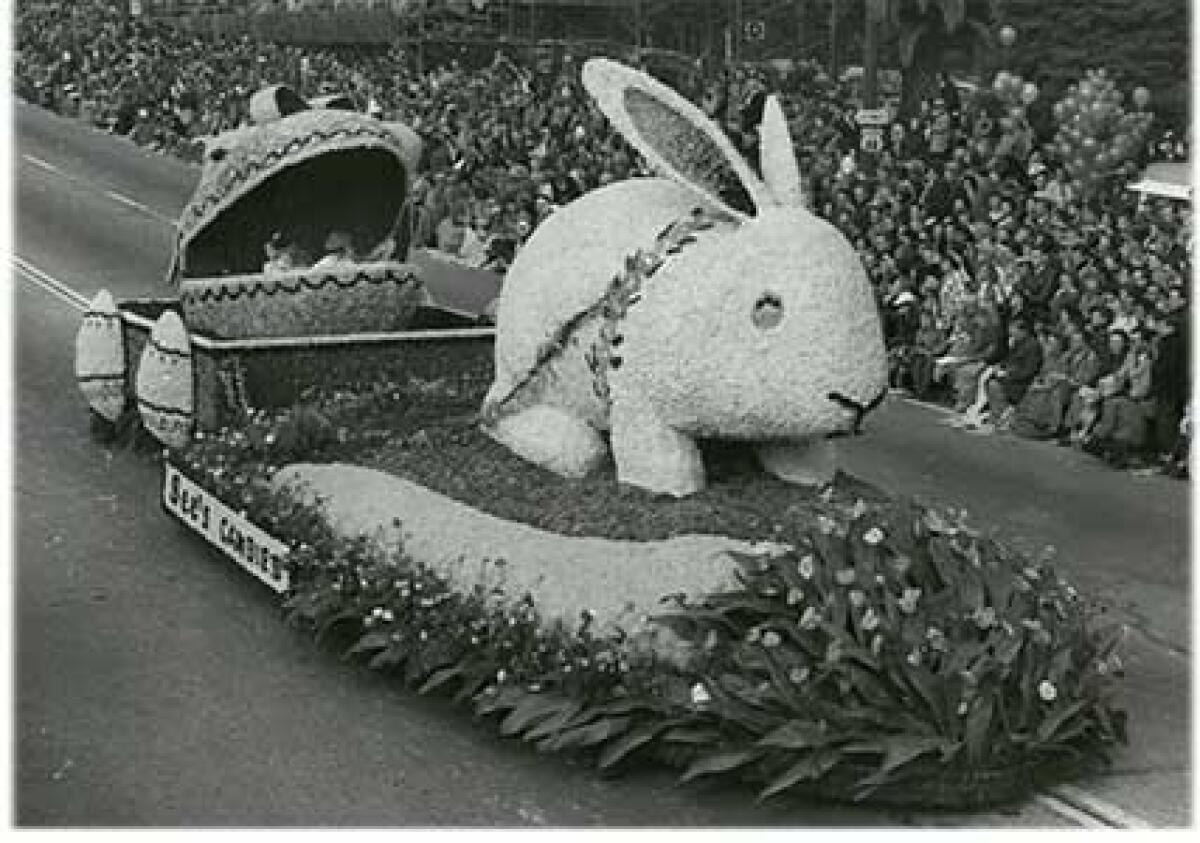
1952 — Lucille Ball and Vivian Vance visit the See’s candy kitchen on La Cienega Boulevard. The visit prompted the memorable “Job Switching” episode of “I Love Lucy.”
1959 — See’s starts using tanker trucks to transport its chocolate in liquid form from Burlingame to its production facilities.
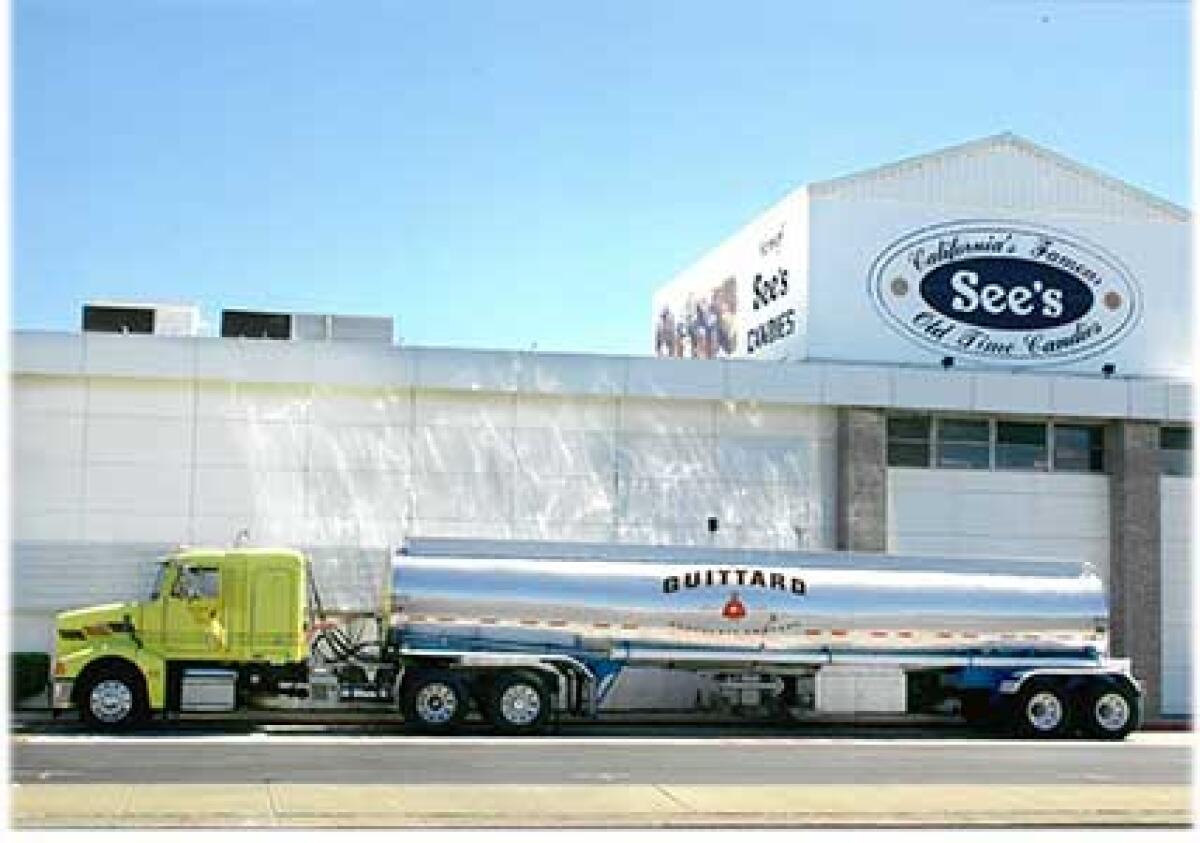
1960 — By the late 1950s, the brand grows to include 124 shops and more than 1,000 employees. Over the next 10 years, the company develops a mail-order department that packs and ships candy.
1961 — The first shop outside California opens at a mall in Phoenix.
1972 — Warren Buffett and Charlie Munger buy the company and make it part of the Berkshire Hathaway conglomerate.
1976 — The first international shop opens in Hong Kong.
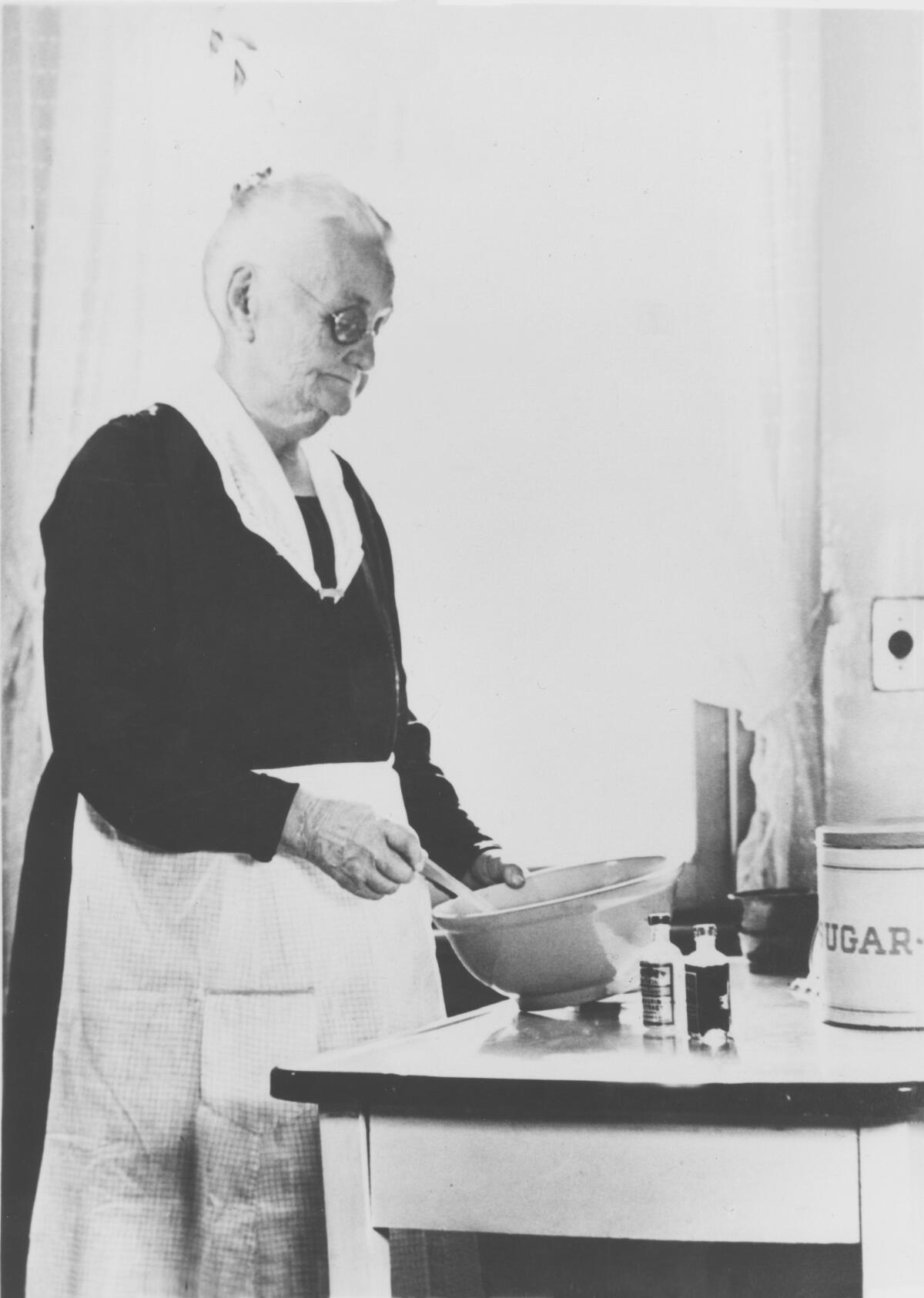
1985 — See’s launches truffles at all of its shops. A Dutch engineer, who was assigned a team to work on developing a truffle in 1982, tries more than 250 recipes before settling on a combination of chocolate, butter and heavy cream.
1995 — See’s rolls out a website with a full-service online store with worldwide shipping. Annually, the website gets 7.9 million visitors and makes 1.5 million shipments.
1998 — See’s opens a production facility in Burlingame that exclusively produces its lollipops and Little Pops.
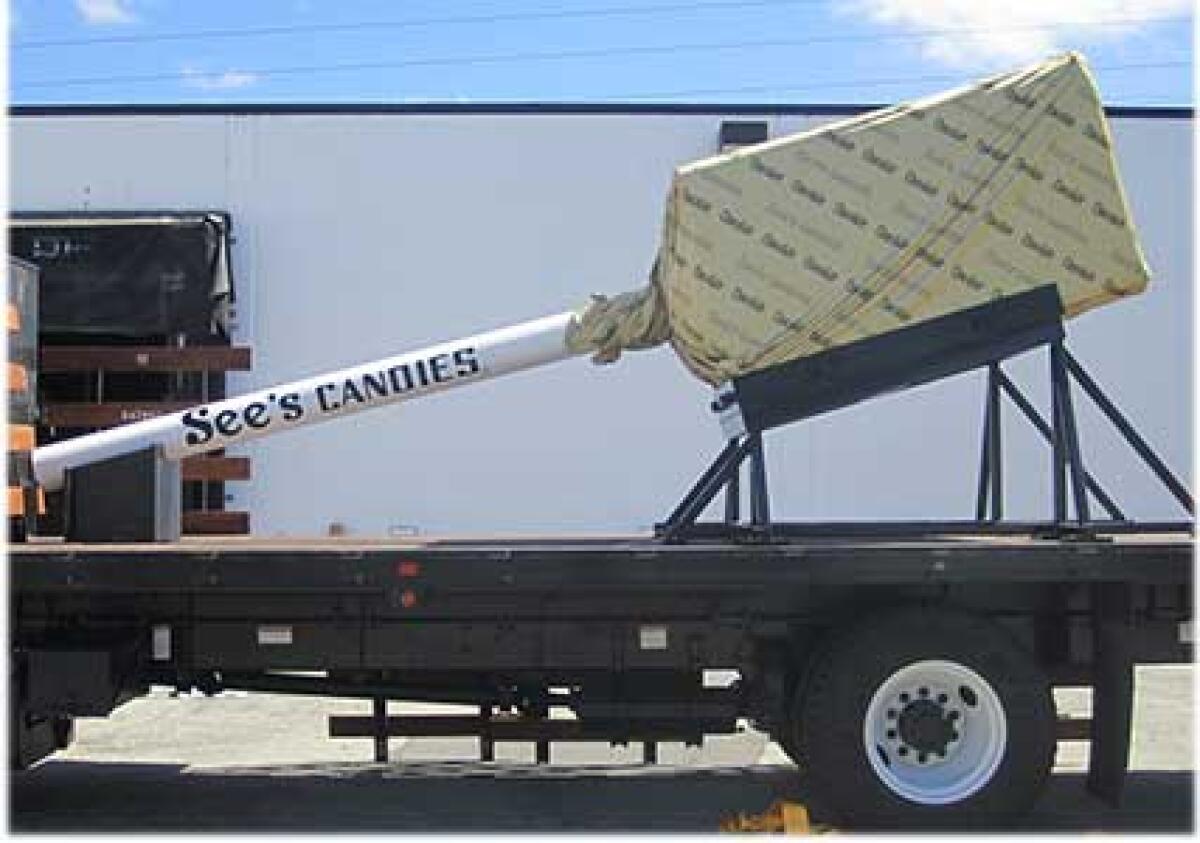
2012 — Guinness World Records announces that a 7,000-plus-pound See’s chocolate lollipop is the largest in the world.
2020 — See’s Candies suspends production for a month and a half in the spring due to the COVID-19 pandemic, generating headlines nationwide. During the summer, the company halts production of some of its more labor-intensive pieces such as the bonbons but brings them back in early fall.
2021 — The company celebrates its centennial. Activities include the launch of a new limited-edition piece every month of 2021 and a What’s Your Sweet Idea contest that leaves the next See’s flavor up to a customer vote.
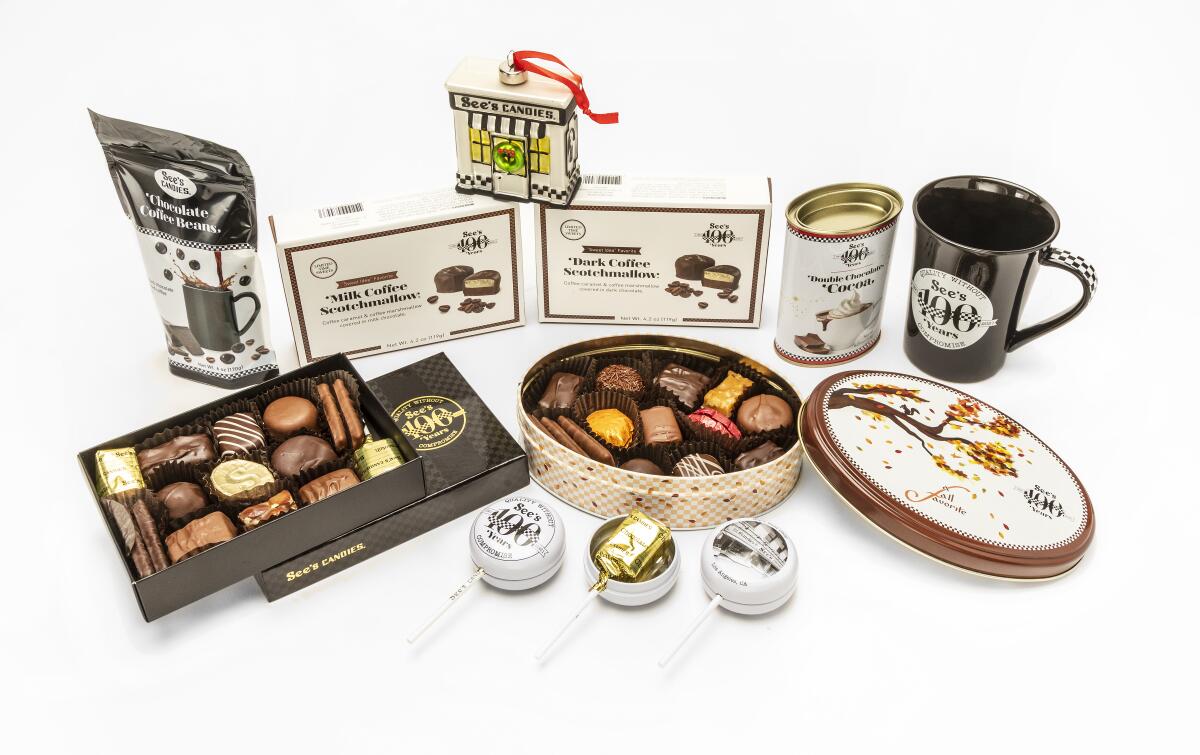
More to Read
Eat your way across L.A.
Get our weekly Tasting Notes newsletter for reviews, news and more.
You may occasionally receive promotional content from the Los Angeles Times.

